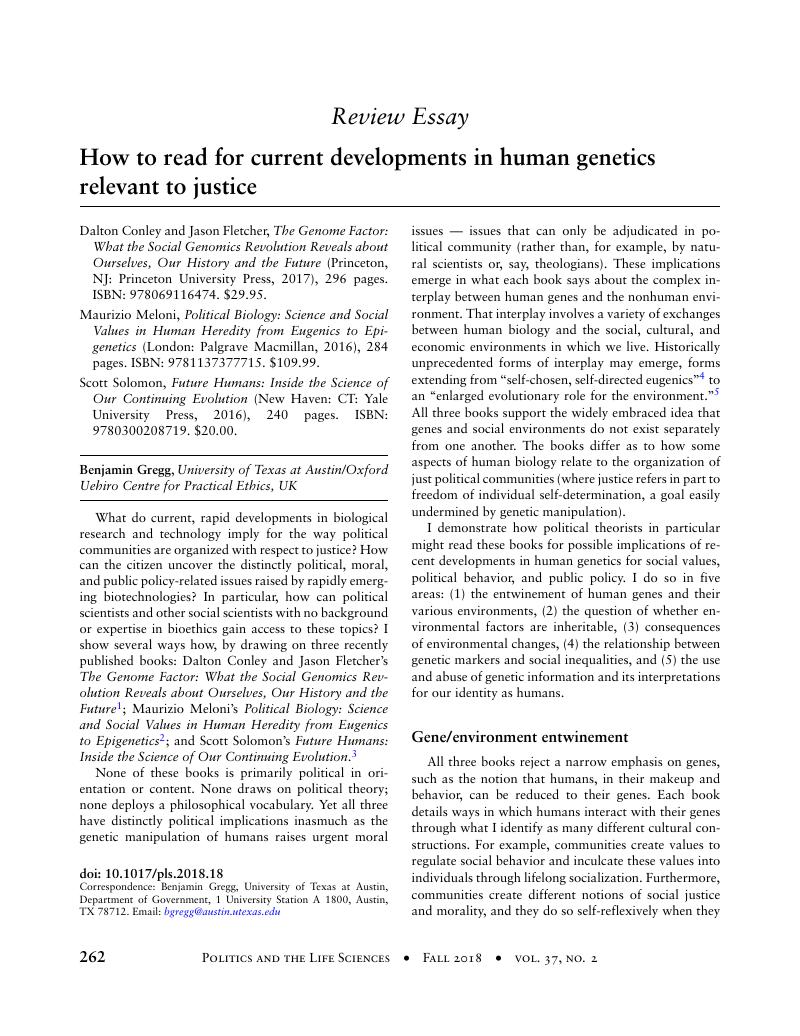Crossref Citations
This article has been cited by the following publications. This list is generated based on data provided by Crossref.
Gregg, Benjamin
2022.
Political Bioethics.
The Journal of Medicine and Philosophy: A Forum for Bioethics and Philosophy of Medicine,
Vol. 47,
Issue. 4,
p.
516.
Gregg, Benjamin
2024.
Reference Module in Earth Systems and Environmental Sciences.
Love, Carolyn J.
2025.
Temporal Creatures Tending the Planet: Theology and Biology in Earth Care.
Zygon: Journal of Religion and Science,
Vol. 0,
Issue. 0,



